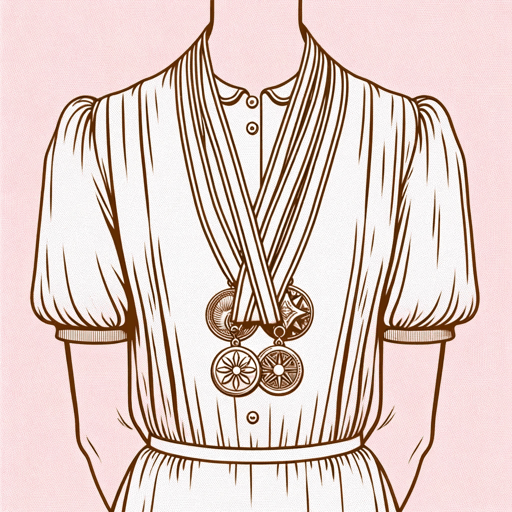27 pages • 54 minutes read
SakiThe Open Window
Fiction | Short Story | Adult | Published in 1911A modern alternative to SparkNotes and CliffsNotes, SuperSummary offers high-quality Study Guides with detailed chapter summaries and analysis of major themes, characters, and more.
Story Analysis
Analysis: “The Open Window”
Vera, whose name ironically means truthful, apparently spins highly imaginative stories for fun, taking advantage of Framton’s lack of familiarity with her family for her enjoyment. She then explains away his apparent lack of etiquette with another colorful tale. Although “The Open Window” is not quite a horror story, its ghostly and surreal elements create a spooky atmosphere before the narrative comes to a humorous conclusion.
The three conflicts in the story create a chaotic mood that allows for moments of humor, horror, and the surreal. A central conflict is man versus self—Framton versus his nerves. This conflict sees no resolution through Framton’s story arc. He begins as a nervous visitor to the countryside made more anxious by interacting with strangers as Edwardian etiquette demands, becomes increasingly agitated by the horror of the tragedy he believes has befallen the home, and eventually succumbs to anxiety, fleeing the house after seeing the “ghosts” returning to the open window.
A second conflict takes place between a person, Vera, and everyone else—person versus person, or people. Vera’s conflict is expressed by her habit of escaping the mundane through her imagination.
Related Titles
By Saki





